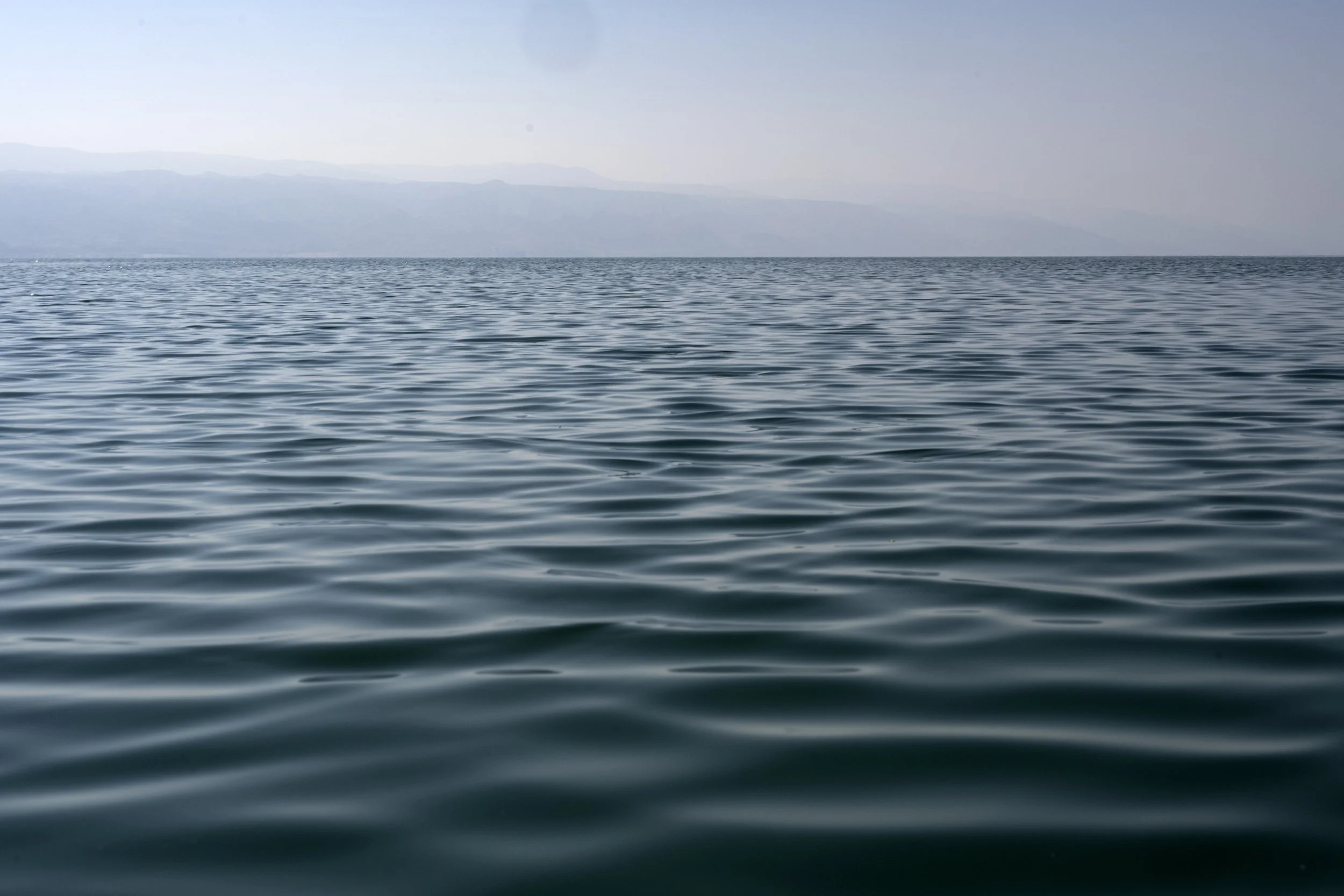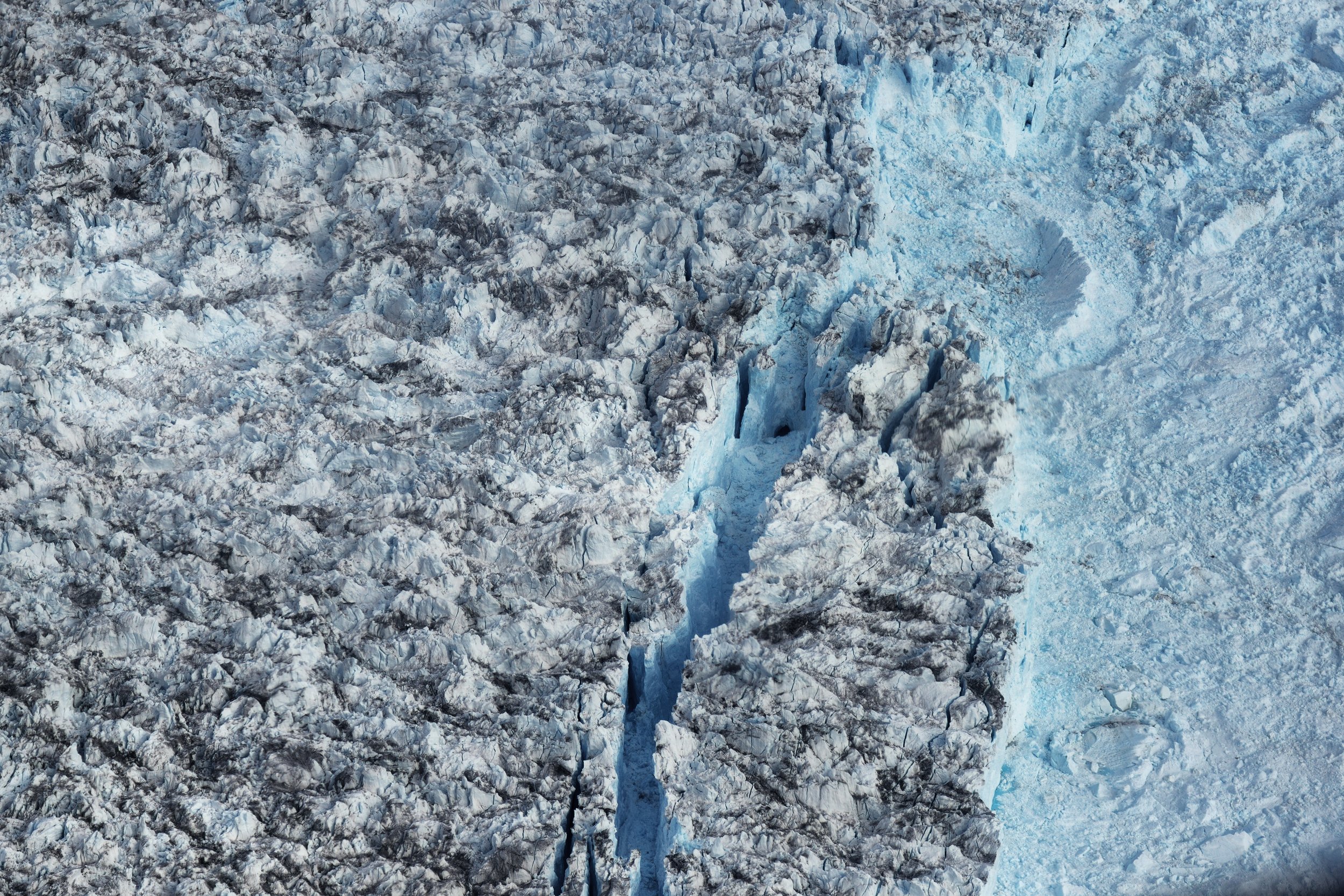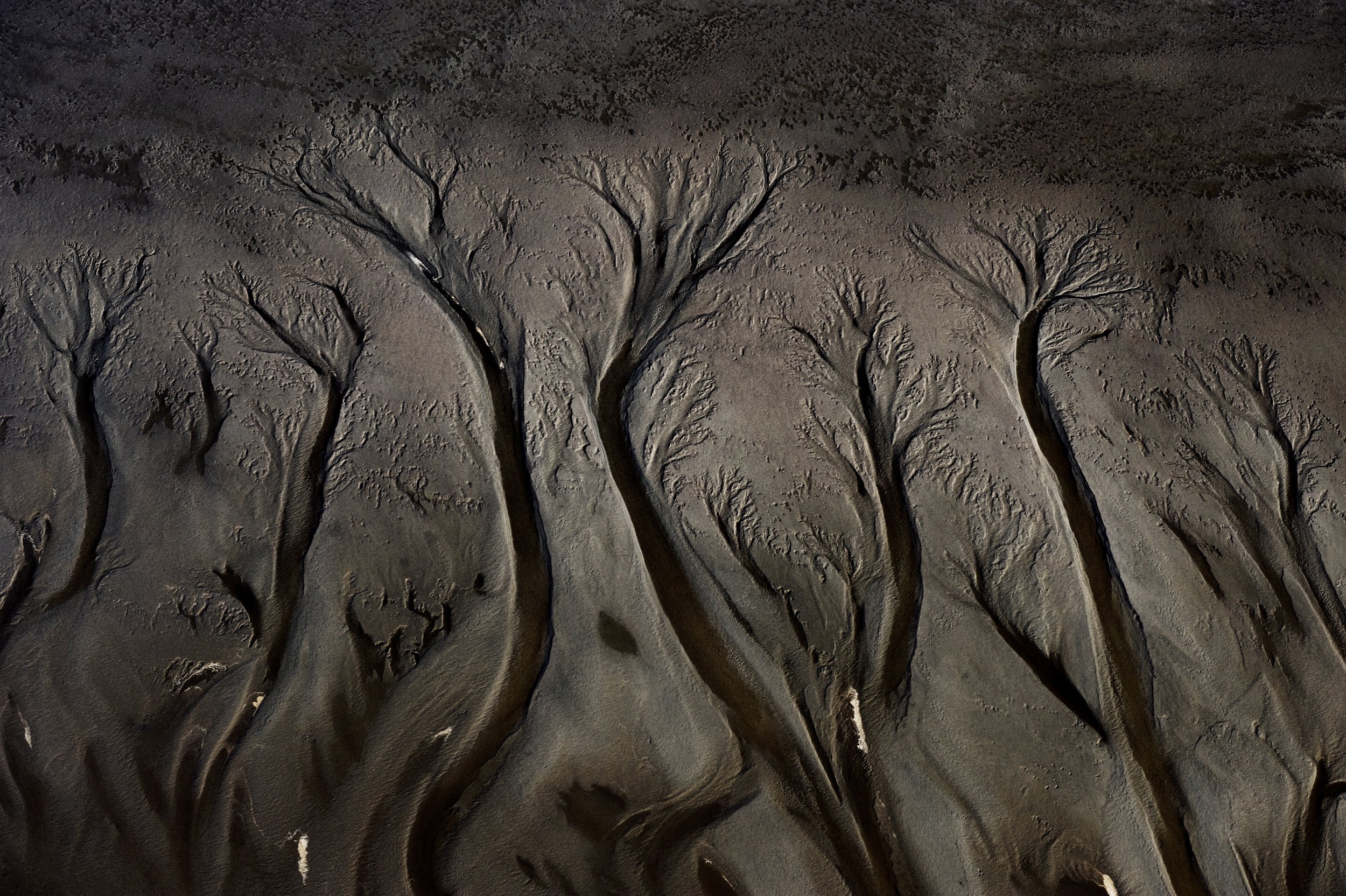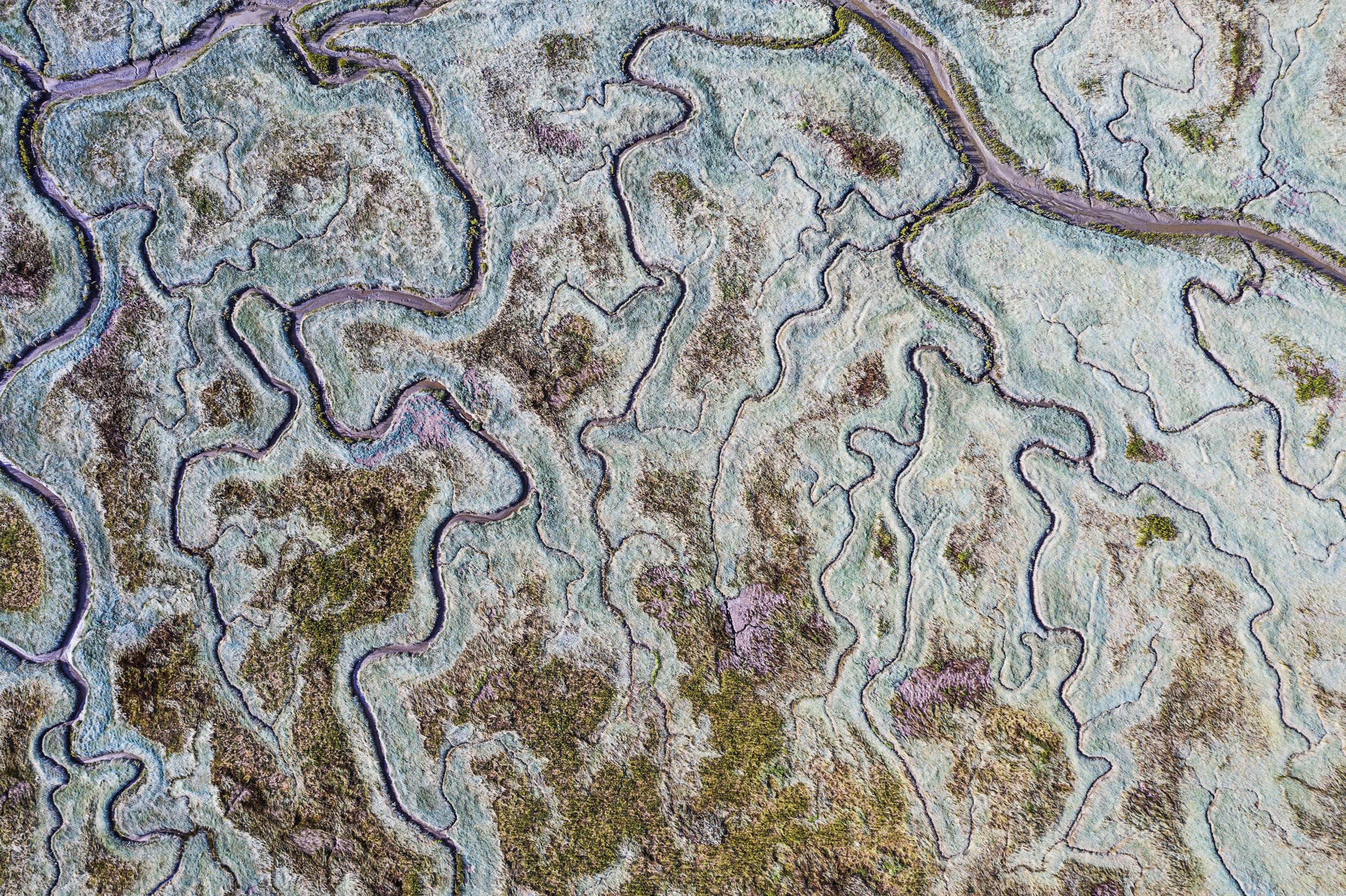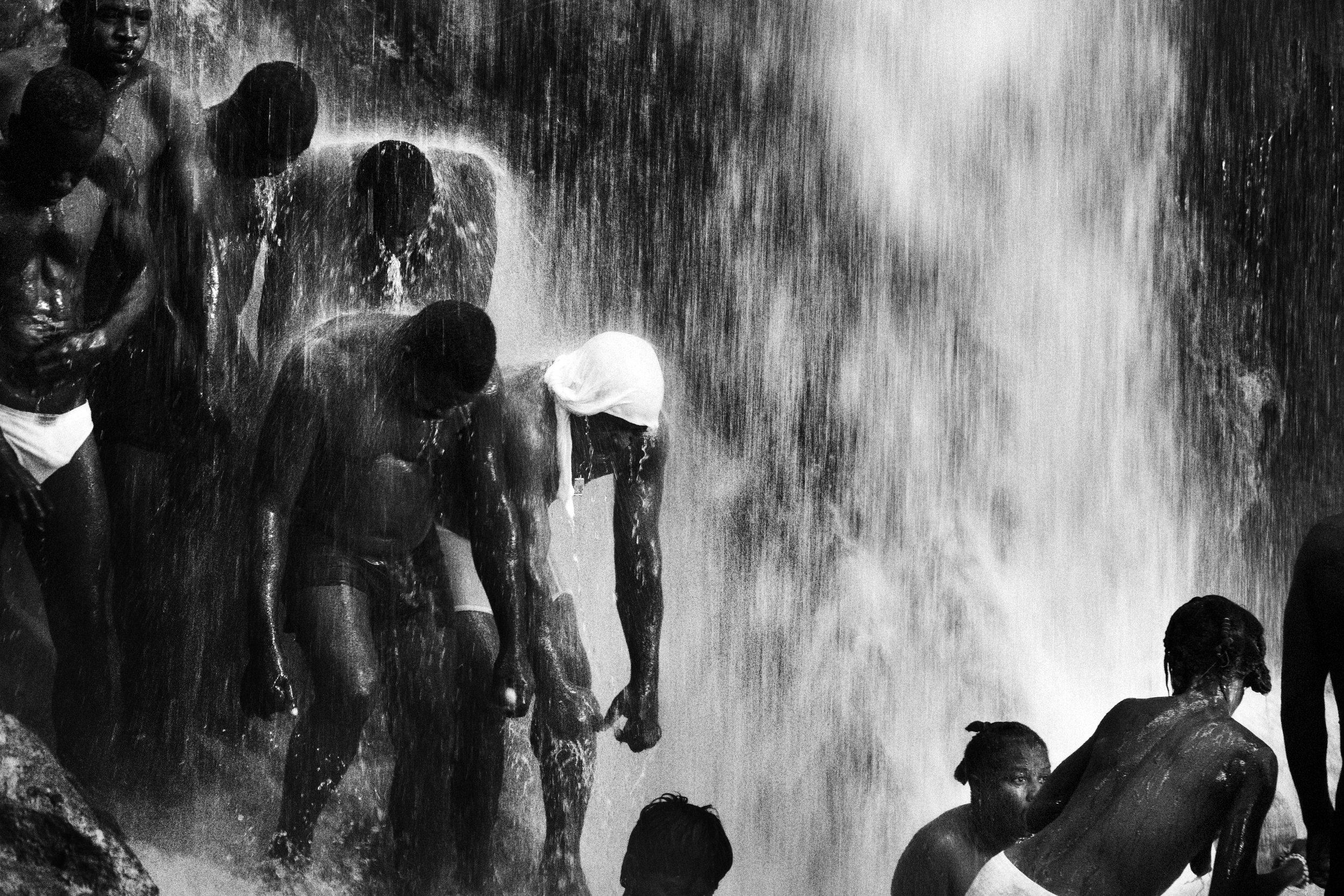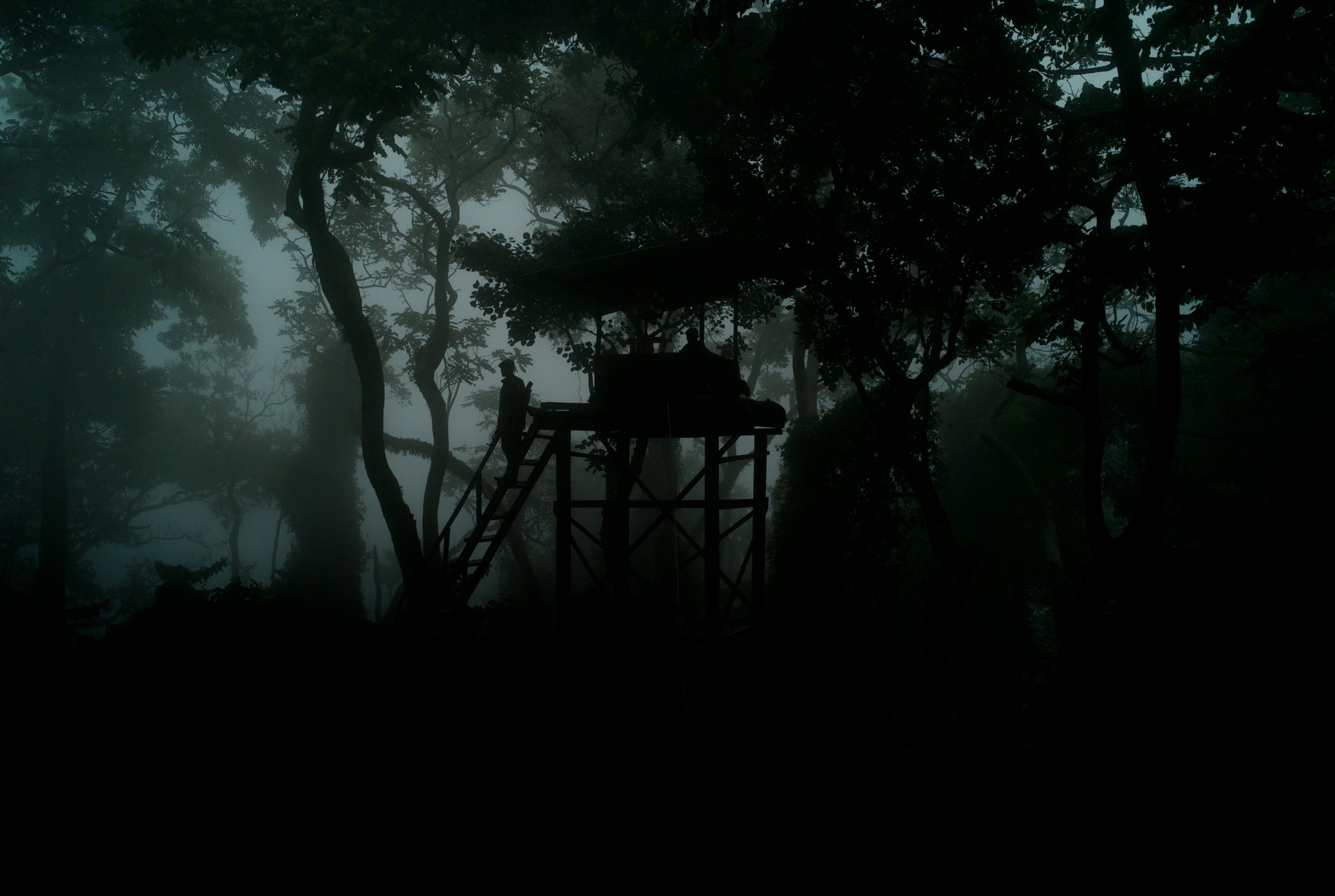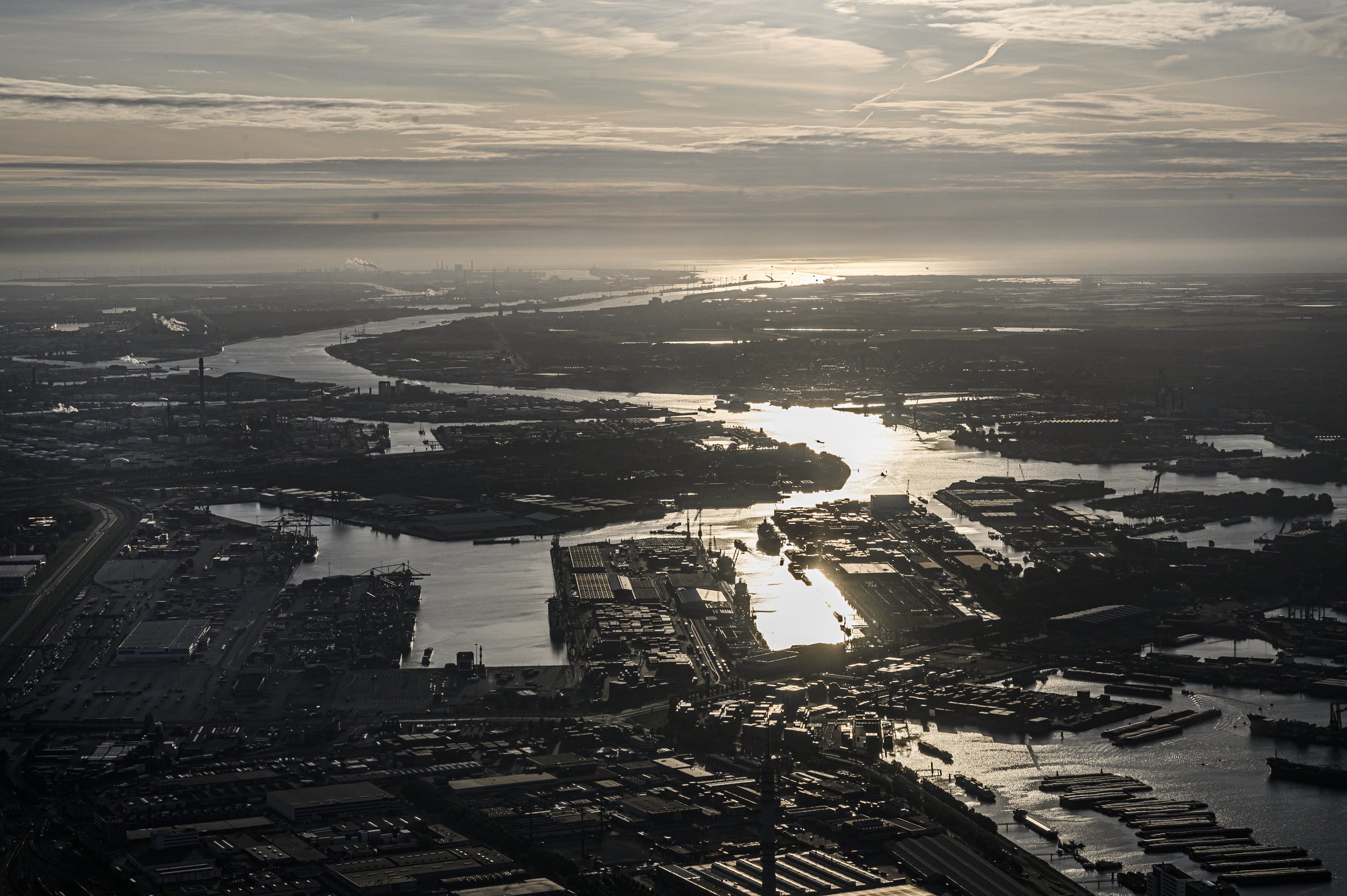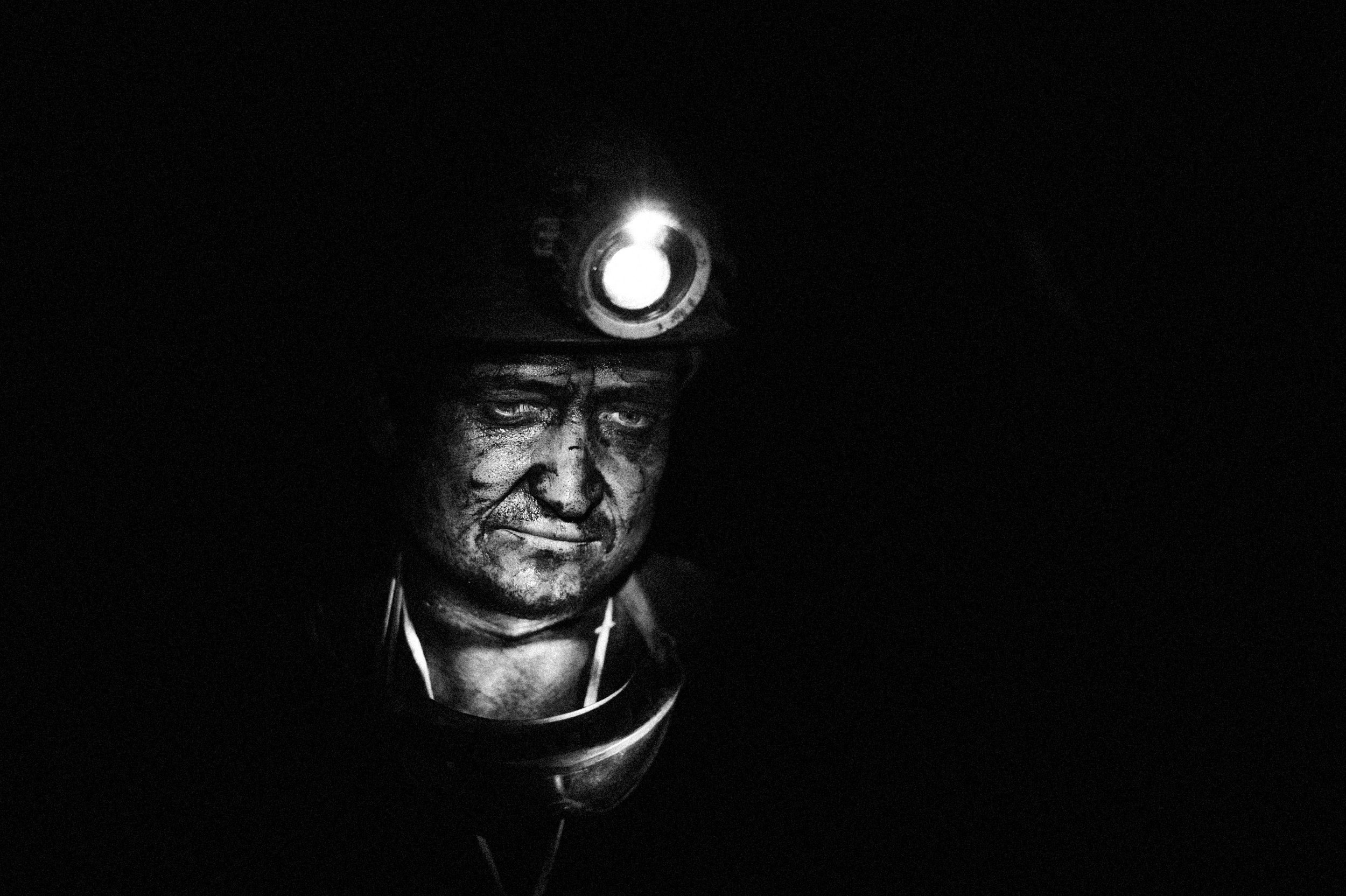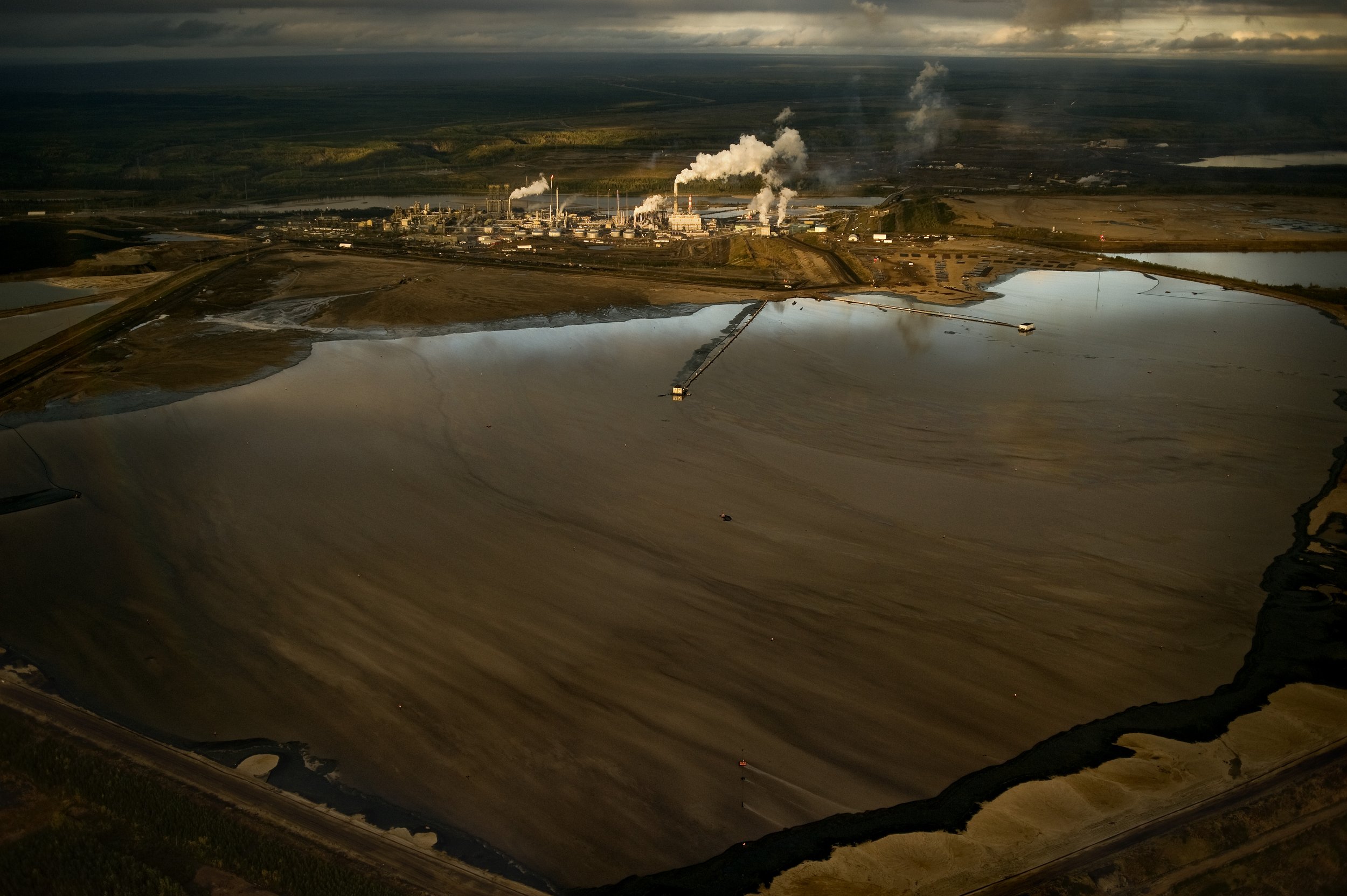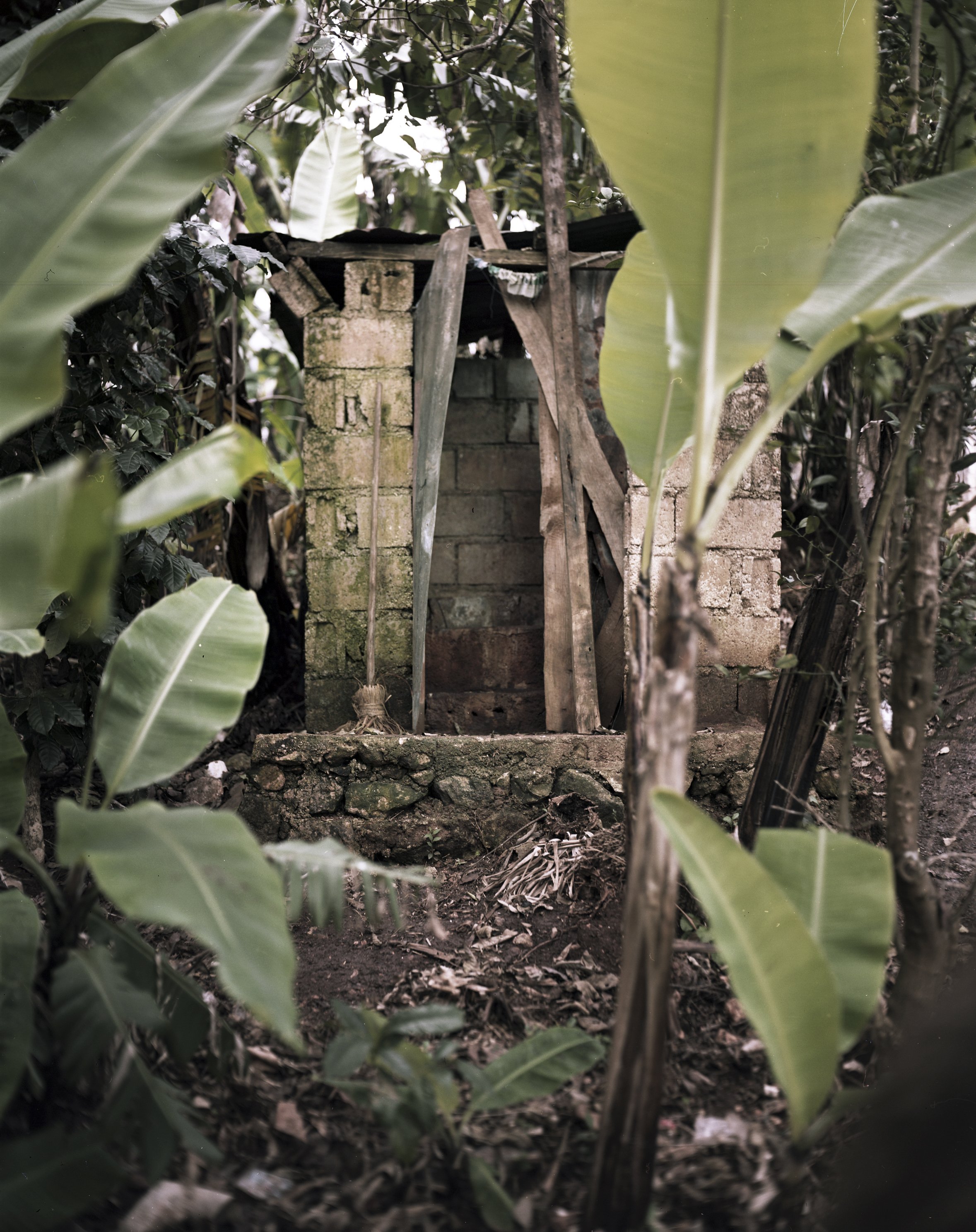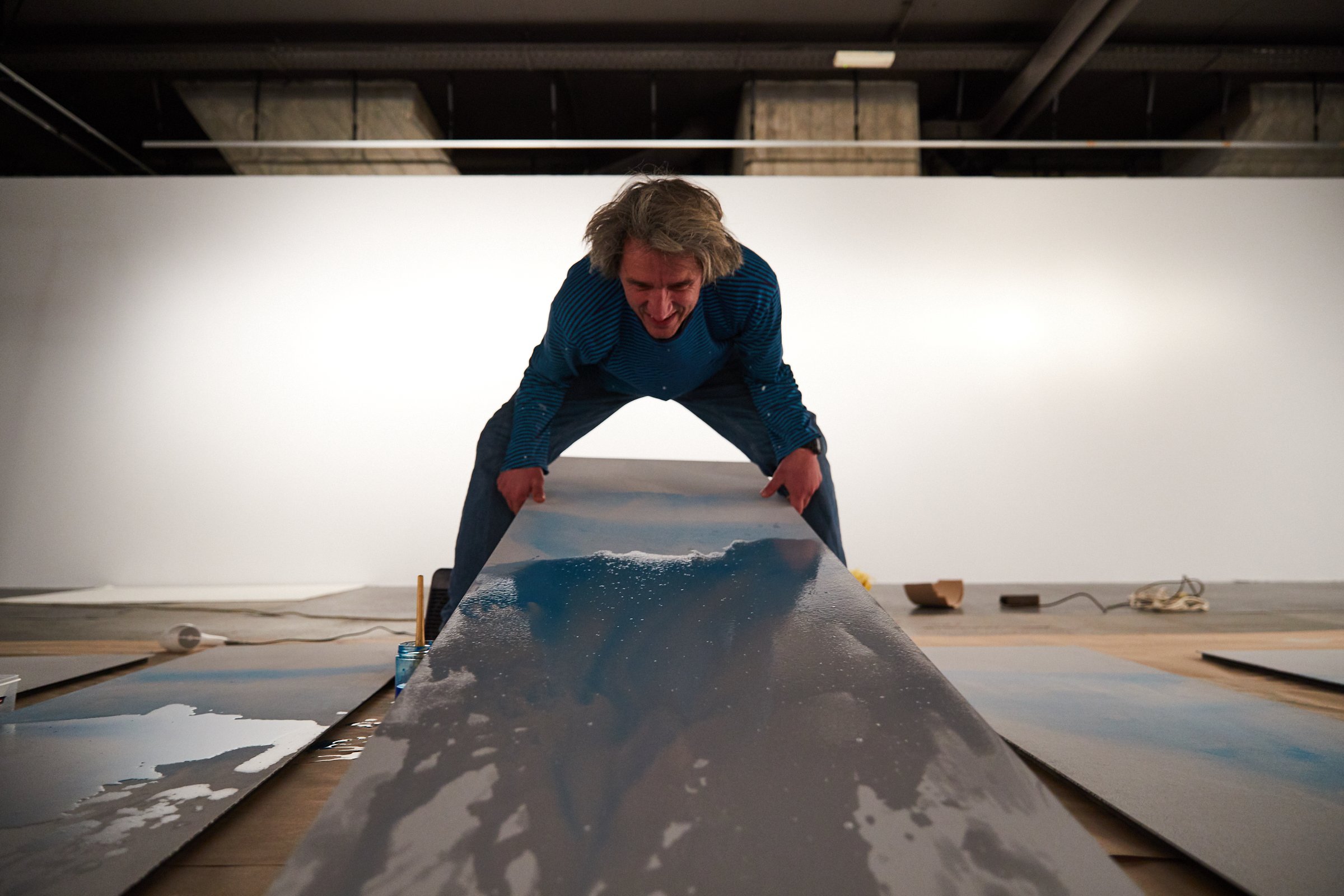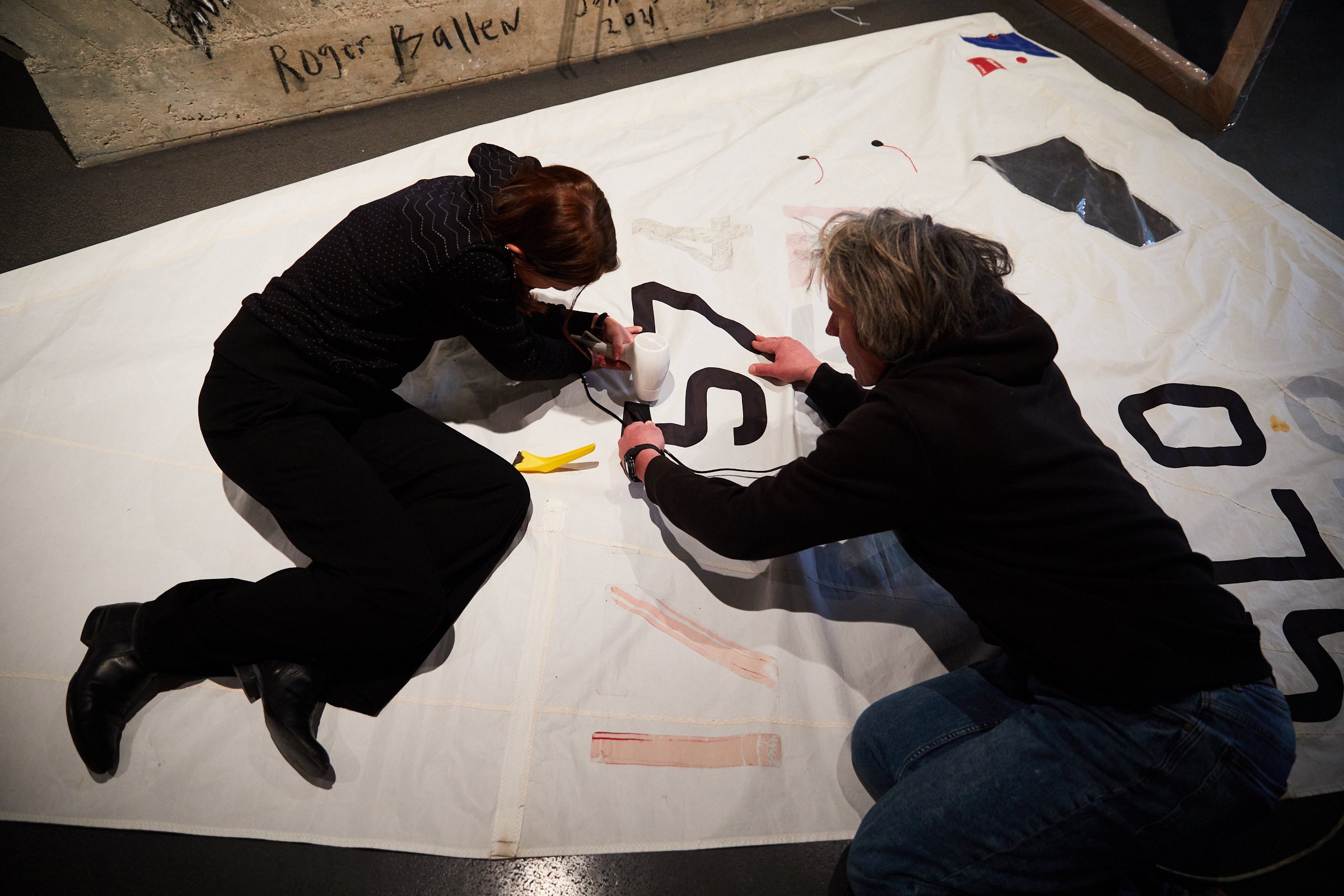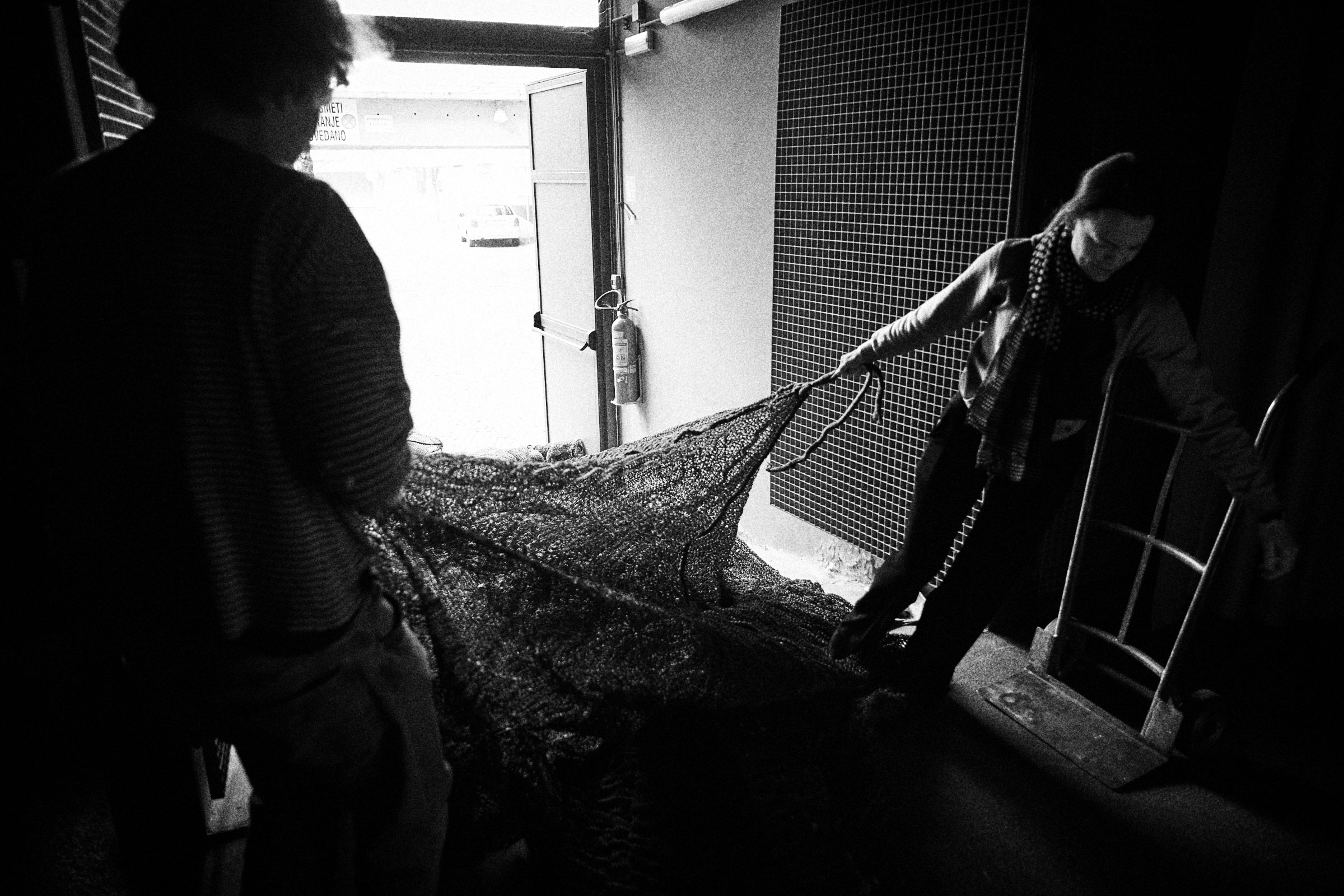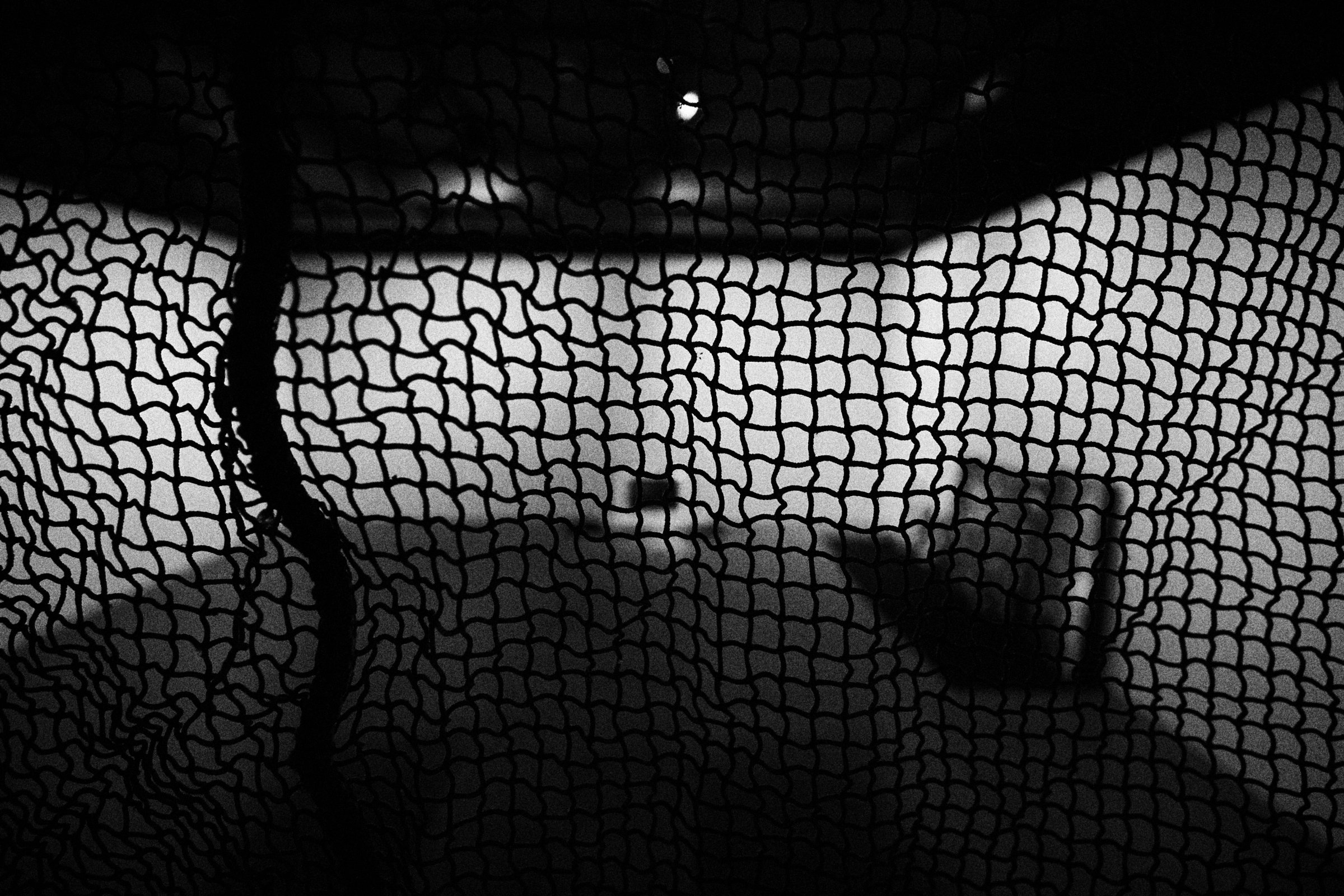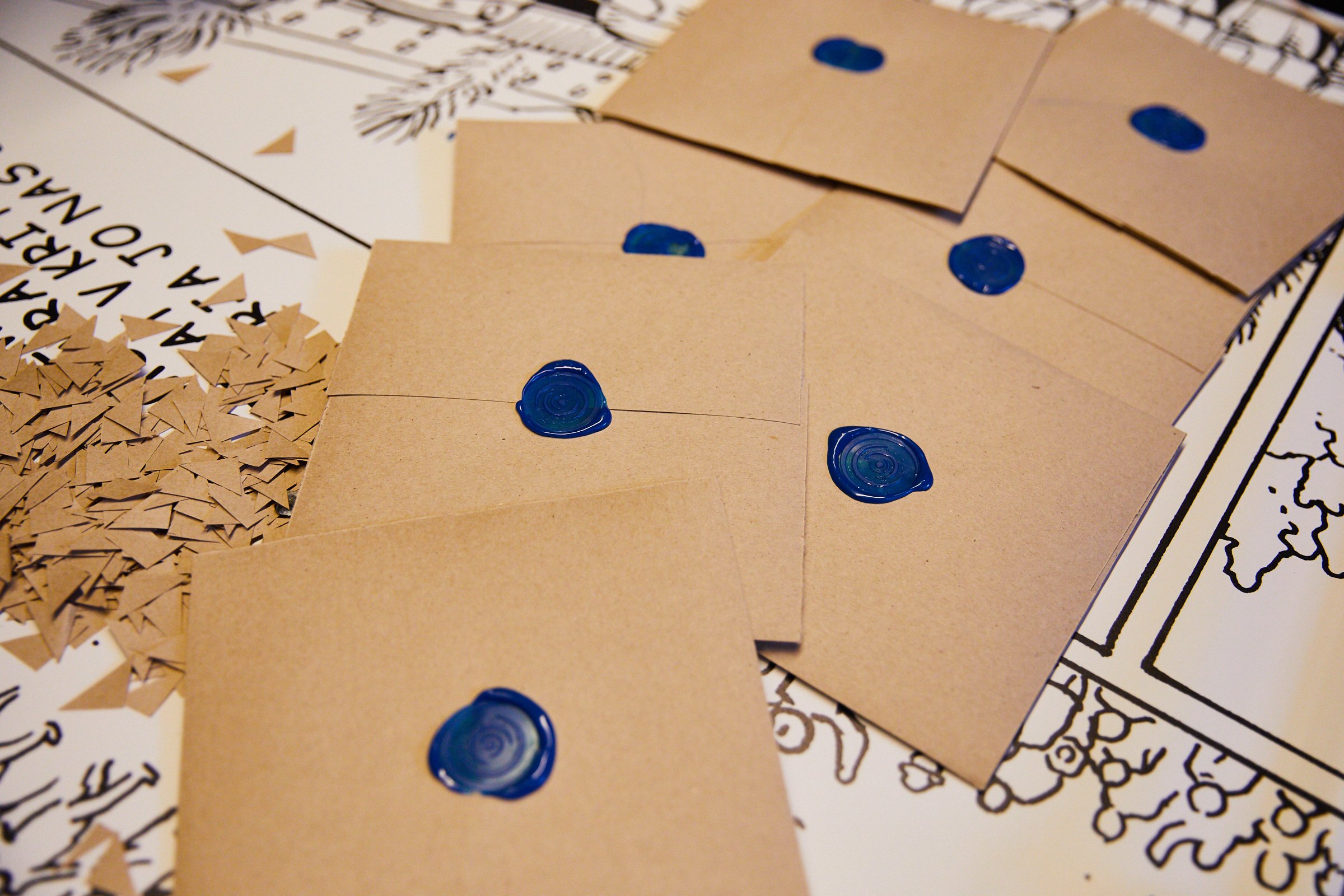Ripples:
A Visual Diary of Water
Climate crisis, conflict, and social inequality through the great connector; water
A fully sustainable exhibition on the overarching theme of water, curated from the NOOR Archive featuring works by: Tanya Habjouqa, Bénédicte Kurzen, Sanne De Wilde, Yuri Kozyrev, Stanley Greene, Sebastian Liste, Andrea Bruce, Alixandra Fazzina, Pep Bonet, Jon Lowenstein and Kadir van Lohuizen.
Netherlands, Scheveningen, July 2014 - Coastal beach on a summer day in Scheveningen - © Sanne De Wilde
“Long before Earth ever formed, the subatomic particles that emerged from the Big Bang’s first instants formed a plasma of hydrogen and helium. Gravity pulled them together in a nuclear fusion that fueled the first stars, the furnaces that forged heavier elements like oxygen. In the proto-stellar material left by the death of those first stars, hydrogen and oxygen reacted - they produced water.”
(cit. Water: A Biography, by Giulio Boccaletti)
Water is vital to all life on Earth and connects us to every living creature, every system and every element on the planet. It covers 70% of the globe's surface and makes up roughly 60% of the adult human body. As a universal symbol of transcendent purity, rituality, and powerful source of creation and destruction, water is essential to human life for it creates, regulates and affects the global ecosystem. Safe drinking water has become an increasingly scarce commodity uncovering severe social inequalities across the world.
Ripples embody the idea of a chain reaction. It suggests that small actions and events can have far-reaching consequences that spread out like ripples in a pond, touching lives and impacting societies across generations. The ripple effect is an often used metaphor to emphasise the importance of considering the consequences of our actions, as well as the interconnected nature of life. It also highlights the power of collective impact, where the combined effects of many small actions can lead to significant change.
Occupied Palestinian Territories, Gaza, Deir al-Balah, June 2013 - A young boy attempts to bathe his reluctant donkey in the sea, directly beside his home on the outskirts of the Deir al-Balah Refugee camp. © Tanya Habjouqa
The exhibition Ripples casts out deeper, nuanced, transnational connections between the world through the overarching theme of water to explore global issues of the climate crisis, human life and social inequality. At its core, it aspires to be both a celebration of this eternal and mysterious element and an accessible and educational review of its many roles in the socio-political inequalities of the contemporary world and the urgency and global impact of the oncoming climate catastrophe.
NOOR, an Amsterdam-based collective of international visual storytellers has been at the forefront of global, ethical, and reliable visual journalism and storytelling for over 15 years. This exhibition offers a unique curated collection from NOOR’s immense visual archive while pushing the very boundaries of sustainable exhibition making. Featuring works from the twelve members of the agency an accessible space is created in which the complex connections between the many functions and interpretations of this essential element in human life are laid bare.
In keeping with its core mission, the exhibition is devised to be as radically future-forward and sustainable as possible. Everything that can be seen throughout this exhibition is salvaged or reused. In this way, we aim to make a small difference in the culture of exhibition-making.
Initially produced with the support of the Embassy of the Kingdom of The Netherlands in France and exhibited at Atelier Néerlandais in 2022, Ripples is a travelling exhibition that will be on show at Galerija Jakopic in Ljubljana between February 14 and June 4, 2023.
Ripples at Atelier Neerlandais, Paris, France, November 2022 - © Bart Koetsiers
Embark with us on a journey to explore the many faces of water through eight chapters –
Greenland, Disko Bay, July 2018 - An iceberg in Disco Bay. Kadir van Lohuizen
I. Origin
While its provenance is shrouded in mystery, water holds the key to life on Earth. Constantly moving from one state of aggregation to the next, responding fluidly to changes in temperature and pressure, it shapes its landscapes since time immemorial; carving rocks and creating patterns, it moves incessantly in an endless cycle that ultimately creates the climates that allow for the existence of life on Earth.
II. Ritual
The oceans are regarded as unfathomable and sublime; dark, forbidding and the deeper we go, the more mysterious. Rivers and lakes hold special meaning as ancient landmarks, propelling human civilisation in its endless search for resources of freshwater. Water in its various forms has played an essential role in human mythology across time and cultures as an element of transformation, both giver of life and wielder of death.
Ville Bonheur, Haiti, July 2010 - Haitians perform a bathing and cleaning ritual under the Saut-D’eau waterfall at the annual Saut D’eau Voodoo festival. © Pep Bonet
III. Resources
The evolution of human civilisation has always been driven by our capacity to harness our immediate environment. Cities and settlements developing on the banks of rivers or lakes for natural freshwater, agricultural practices based on seasonal changes, and even the condensed energy of our planet’s history fuels us in the form of fossil fuels. The impact of the climate crisis will be channelled primarily through the essential relationship between humanity and water.
IV. Extremes
Humanity has the capacity to transform its environment and bend it to its will, and on a global scale determine the very state in which water on Earth exists; whether as solid ice, vapour or as liquid. We contribute to and determine the condition of our water, whether clean or polluted. Turning water to vapour gas, the trapped heat from greenhouse pollution causes the atmosphere to hold more water vapour and energy. Storms are now more powerful, and in many places rainfall events, when they happen, are more severe, causing major floods more often. Peoples’ lives, homes and livelihoods are being lost, together with entire ecosystems, non-human dwellings and habitats at a rate with no precedent in human history.
Globally, water is a critical input for agricultural production and plays an important role in food security. Seafood accounts for nearly one fifth of all animal protein in the human diet. The oceans maintain our seasons and modulate the earth’s temperature, absorbing heat from the Sun and manmade carbon emissions. Already, fish populations have migrated north by hundreds of miles in search of colder waters. Due to population growth and increasing urbanisation, competition for water supplies will increase with a particular impact on agriculture. Over the next three decades, water demand from the global food system is expected to increase by 50%. With the oncoming climate crisis, and the predicted mega droughts, the supply of water as a resource will be tightened considerably.
Lake Chad, Northern Central Africa August 2017 - The Buduma, or Yedina, are known as the guardians of the lake. © Bénédicte Kurzen
Babal Nayrab Neighborhood, Aleppo, Syria, April 2013 - A collapsed building hit by the regime’s war planes. ©Stanley Greene
V. Conflict
There are currently 27 ongoing conflicts worldwide and, according to the UN, generally conflict and violence are on the rise. More than 3 billion people live in conflict-affected areas, while an estimate of 275 million people will need humanitarian assistance. Access to water, whether it is to sources of freshwater for industrial processes, agriculture, farming or seaports for trade and commerce, has been the cause for war since the beginning of civilisation.
More severe and irregular droughts increase social tensions in already volatile regions, putting enormous pressure on fragile governments that often result in the emergence of violence, riots and civil war. As an immediate result of conflict, displacement – the movement of enormous masses of people escaping war and climate change, add a significant weight to the scale of geopolitical balance, inevitably resulting in a vicious cycle of conflict. And even more conflict will be fought in the decades to come for access to water more than any other resource on earth.
VI. Movement
As the climate crisis transforms the seasons, elevates sea levels, exacerbates droughts and gives rise to frequent, unpredictable storms and raging fires, human civilisation is challenged to adapt or be displaced. The impact of global warming has so far evidently fallen more heavily on certain regions over others, and global failure to take early action has left these regions increasingly vulnerable, leading whole communities across the world to become forcibly displaced.
Haiti, Port-au-Prince, November 2016 -A working make-shift toilet outside of Port au Prince. © Andrea Bruce
Skala Sikamineas Lesbos September 2015 - Refugees coming ashore near the village of Skala Sikamineas on the northern tip of Lesbos after navigating the six-mile crossing from Turkey on inflatable rafts. © Yuri Kozyrev
VII. The Human Body
Access to clean water and hygiene services is fundamental to fighting diseases and the preservation of the health of millions. Around the world, one in three people do not have access to safe drinking water or a basic washing facility with water and soap, and over 600 million people do not have access to modern sanitation systems.
The COVID-19 pandemic in particular has demonstrated the critical importance of sanitation, hygiene and adequate access to clean water for preventing and containing diseases. According to the World Health Organisation, hand washing is one of the most effective actions you can take to prevent infections and reduce the spread of pathogens, including the COVID-19 virus. Yet billions of people still lack safe water sanitation.
VIII. Joy
Whether diving in or sitting besides it, water provides us with a medium to relax, contemplate or play. Through our multifaceted interactions with water, we forge a deeper connection to the Earth and to ourselves, and by doing so our heartbeat stabilises, our breathing becomes more regular, while stress hormones significantly decrease: in this state we are propelled to enjoy life in its simplest forms and truly bask in the feeling of joy.
Chicago, Illinois, USA , October 2001 - Three girls pretend to be dogs in their driveway on the last day of summer in Aurora, Illinois. Aurora is part of the Chicagoland area. © Jon Lowenstein
The Making Of in Ljubljana:
While the core narrative of “Ripples: A Visual Diary of Water” is narrated by visual storytelling from the NOOR archive, the project also aims at re-examining existing exhibition-making practices, throughout the whole curatorial process we constantly ask ourselves whether expensive frames, large formats and high-end display equipment really make the exhibition more meaningful. With this in mind the curatorial team compiled together a body of work which had been produced over 15 years of NOOR and has been accumulated in storage.
Furthermore, over its 15 years of activity, the Jakopič Gallery also accumulated lots of materials (frames, panels, flyers, posters…) and it was then only natural to find ways to re-purpose and up-cycle such materials. Artists, craftsmen and craftswomen were invited into the gallery space to participate into the process and create unique ways to re-use such materials. Old invitations were then used to make recycled paper for the new invitations, old panels were painted over and re-used for the text, fishing nets were brought in by fishermen and used as curtains and no unnecessary waste was produced.
Lastly, when production of new work could not be avoided, images were printed on rice paper (one of the most sustainable materials comprised of renewable, bio-based sources) or on used sails, bearing the signs of their previous purpose, sailing across the Mediterranean sea.
The concept and the experience of the exhibition is also supported by original soundscapes which was commissioned to two artists who were asked to re-interpret different chapters of the relationship between humanity and water.

